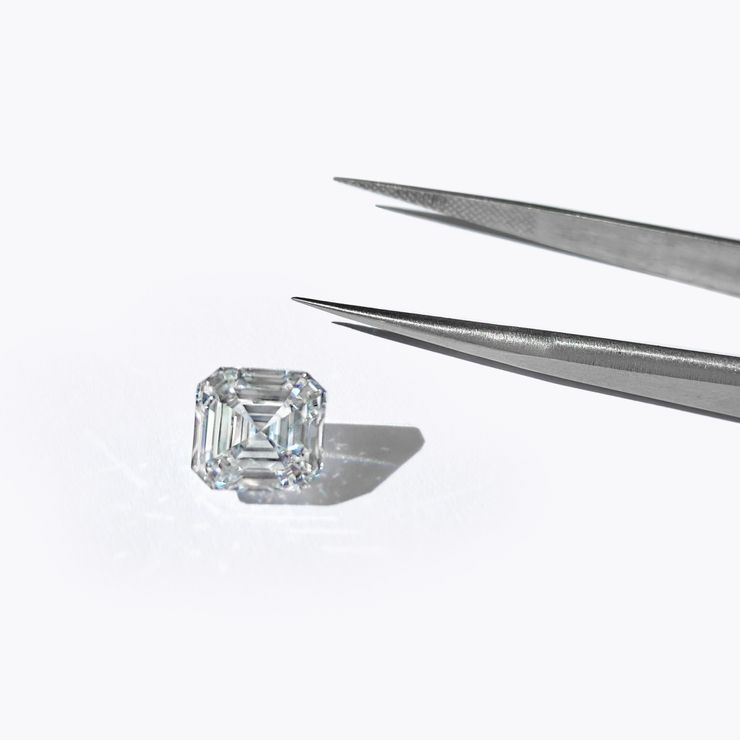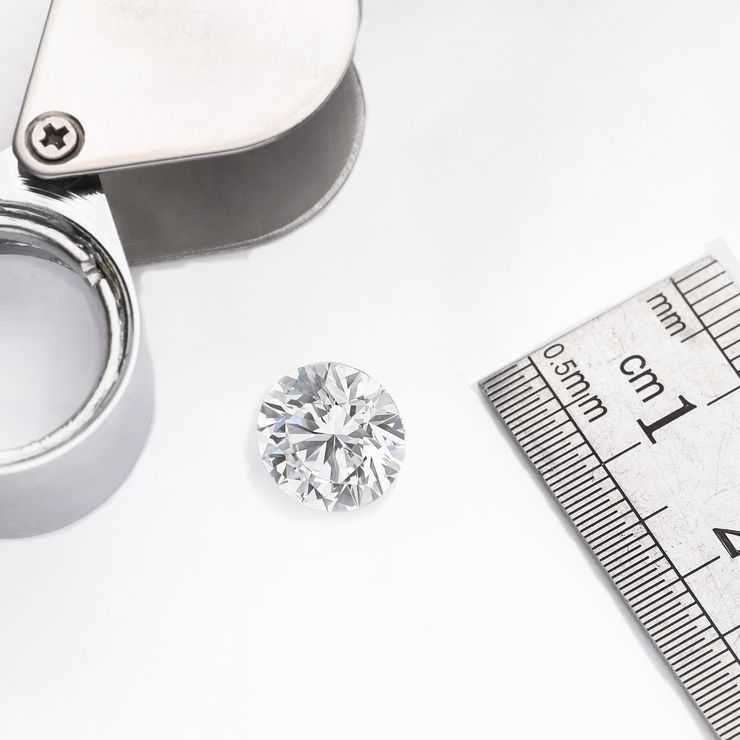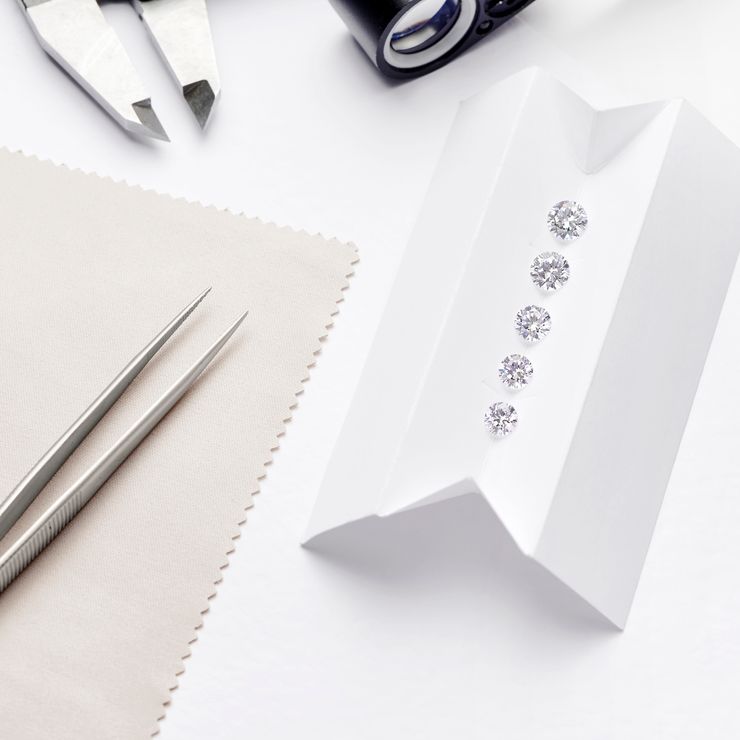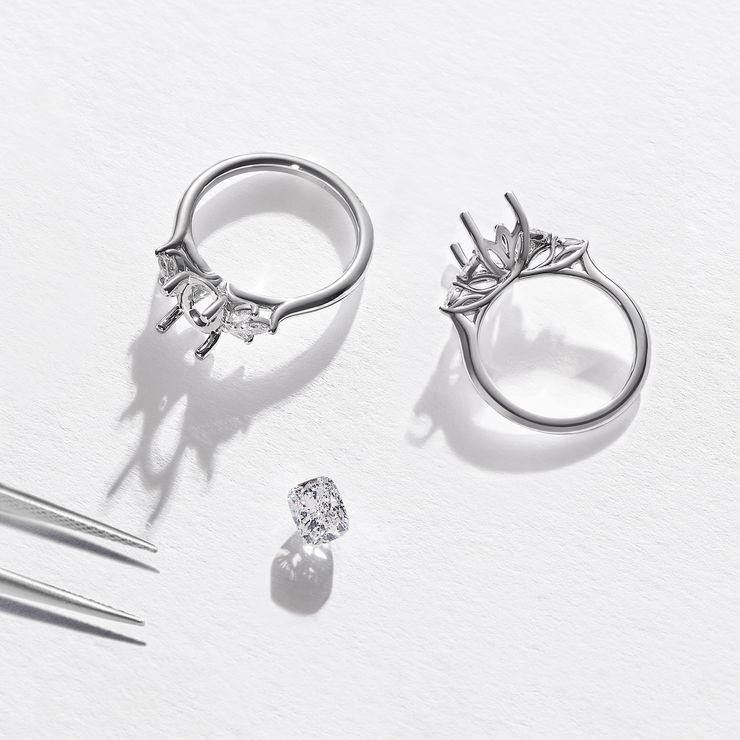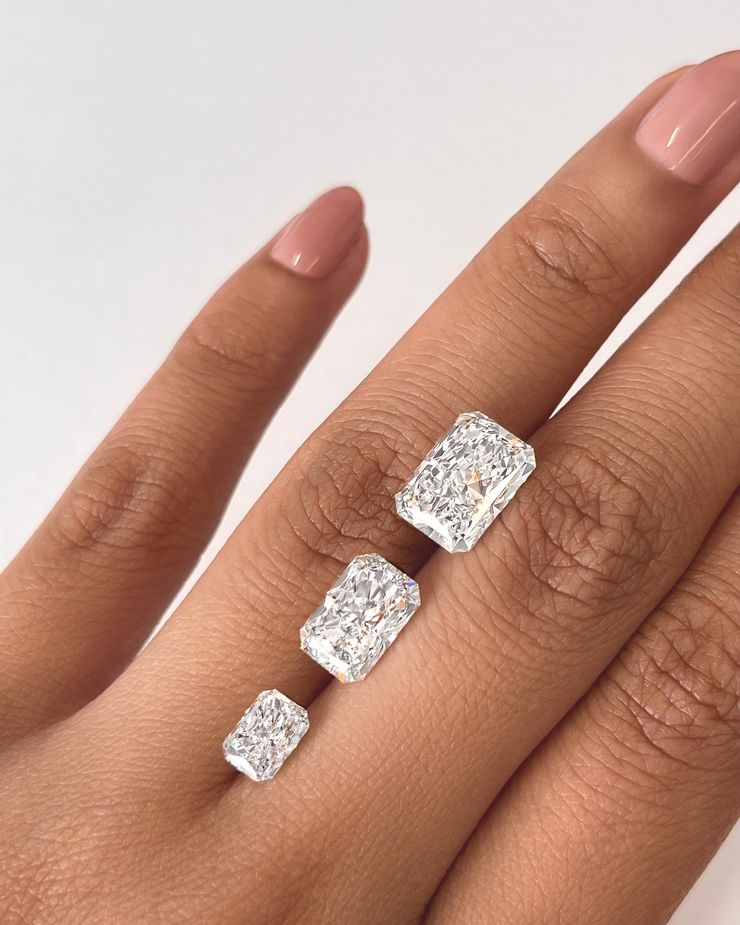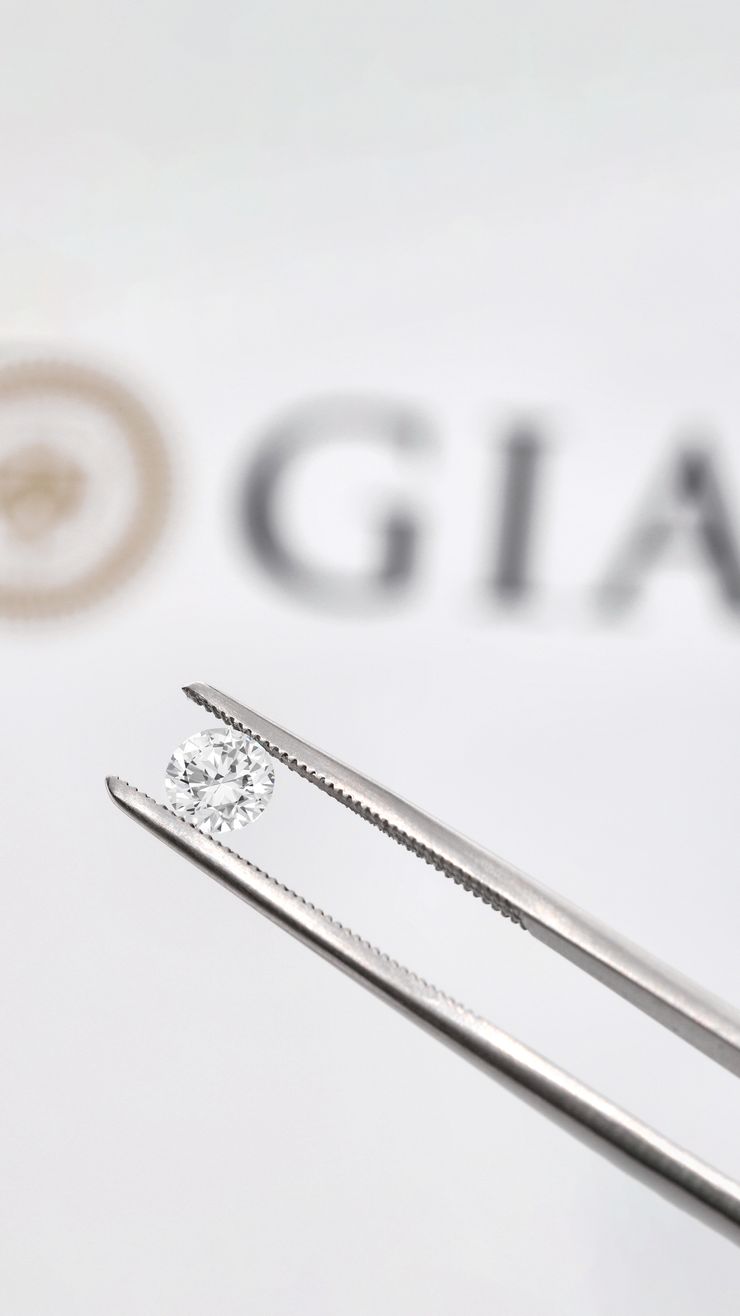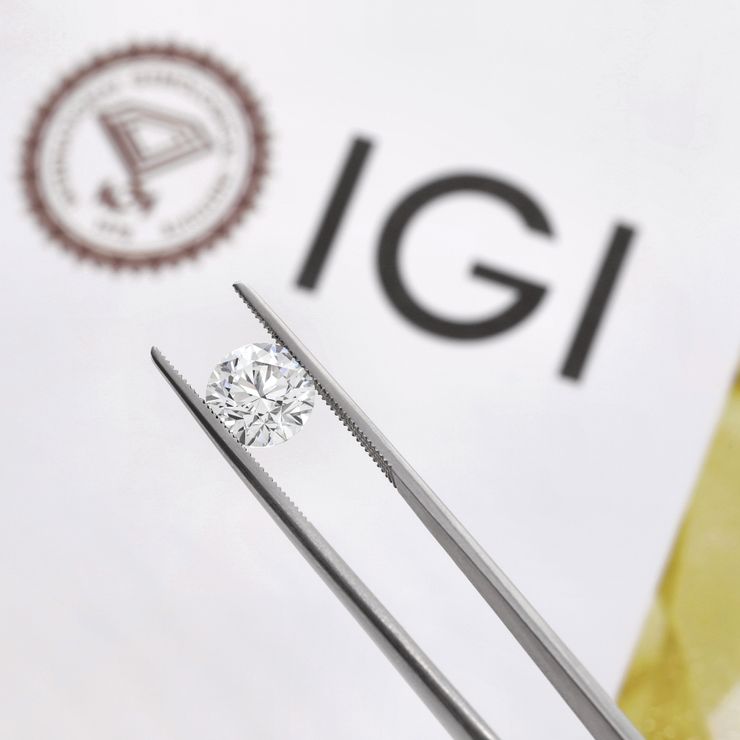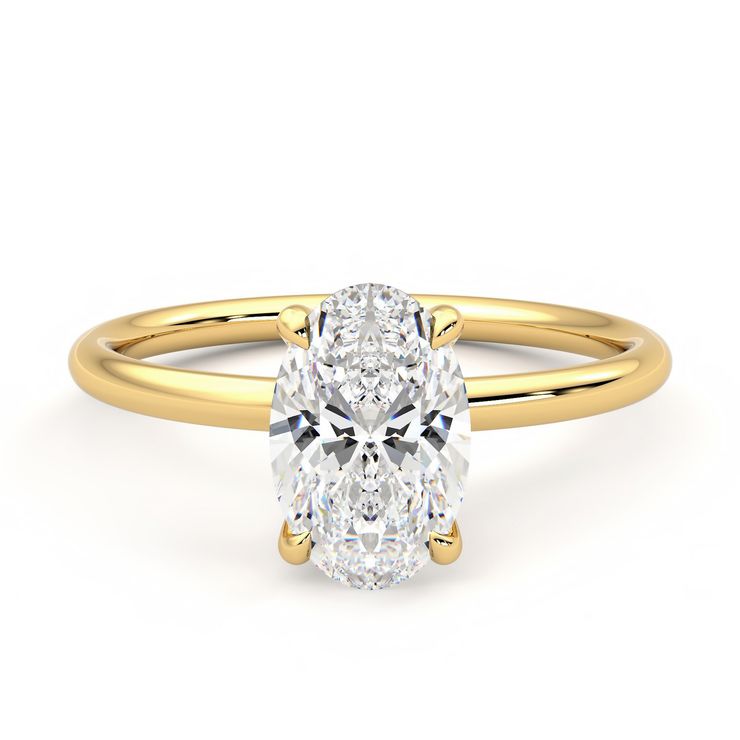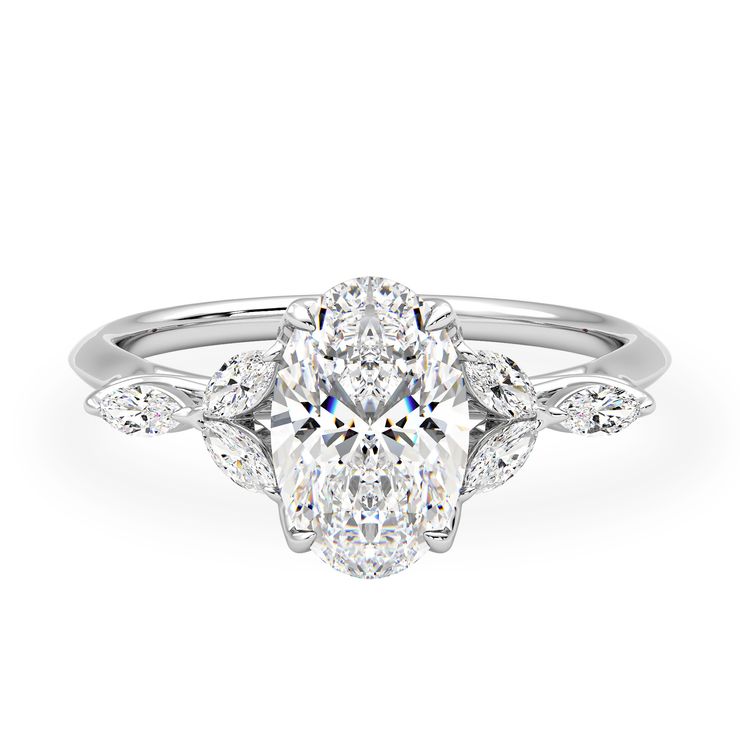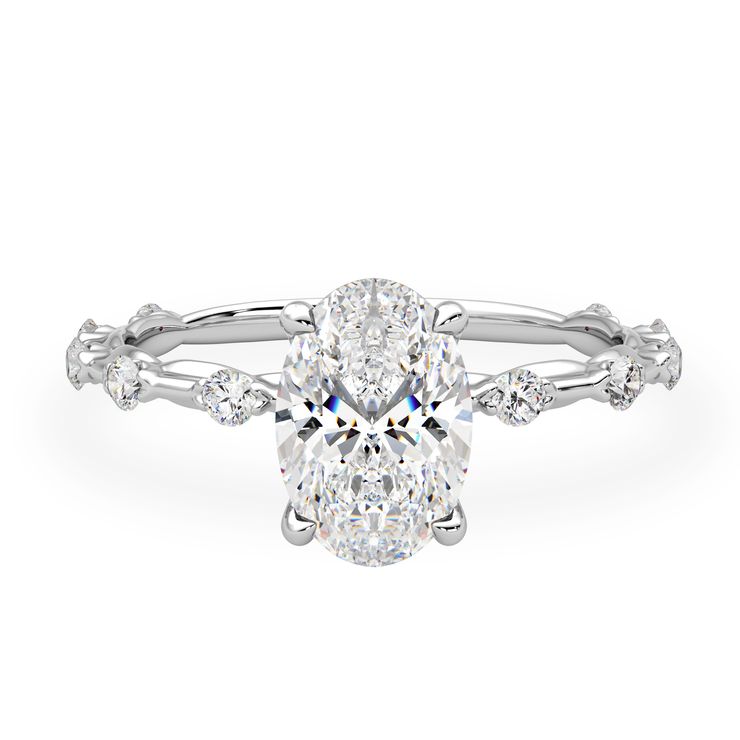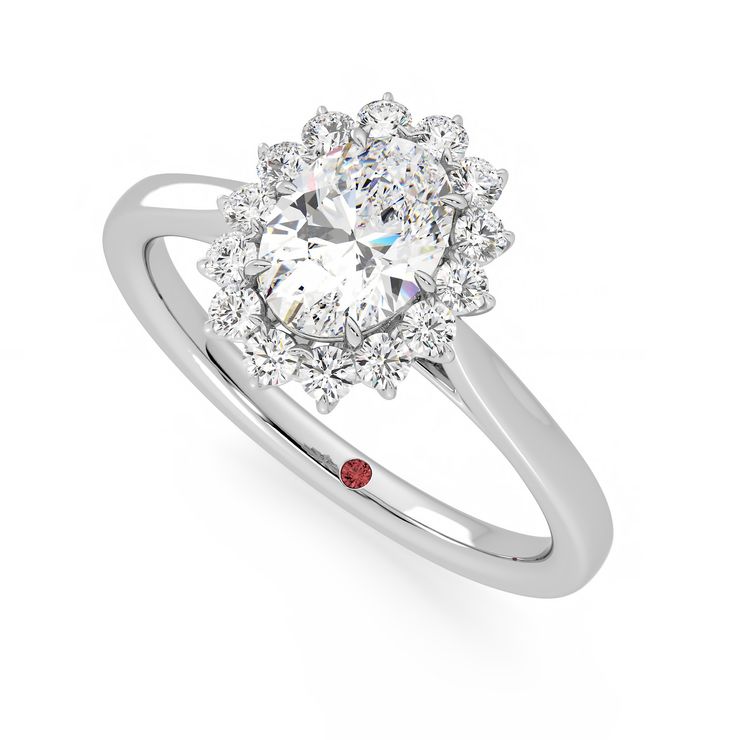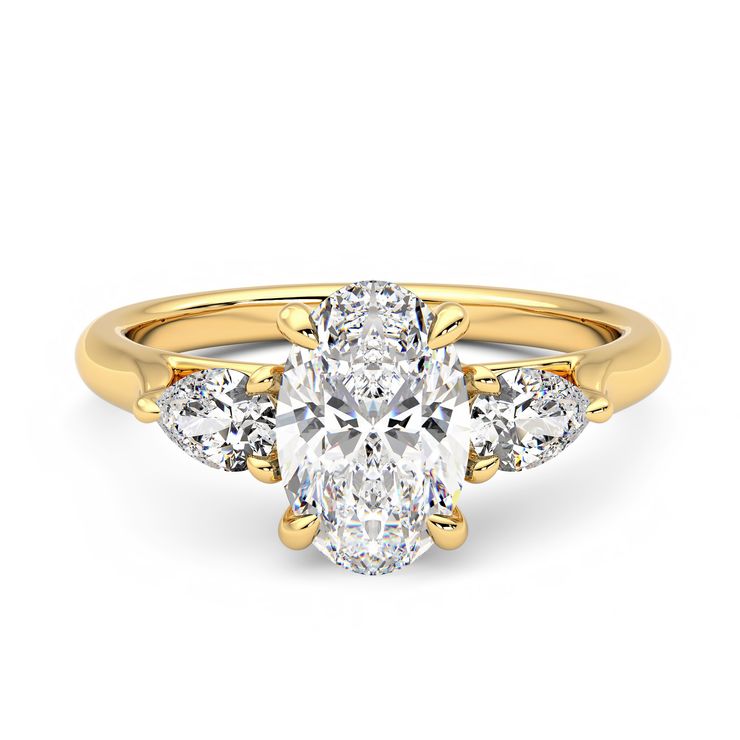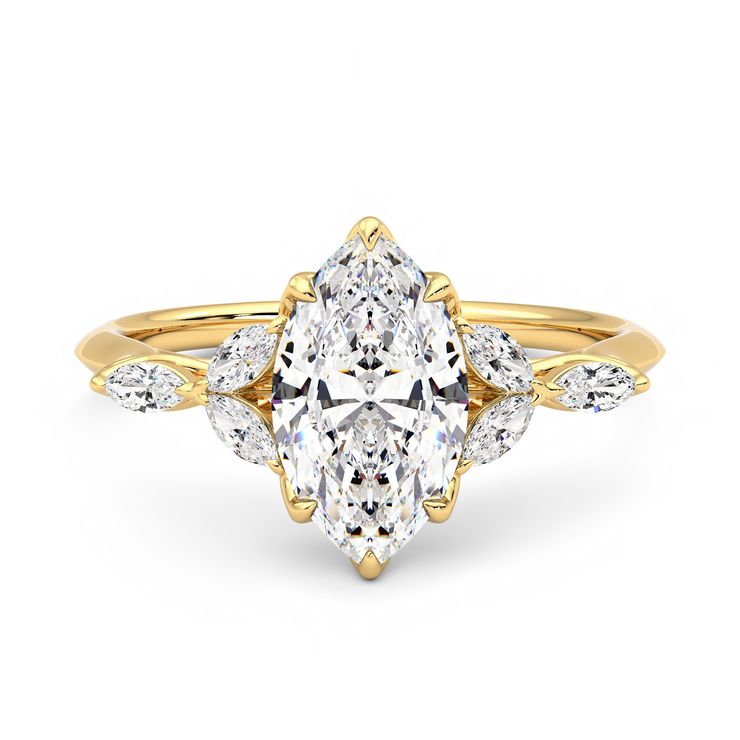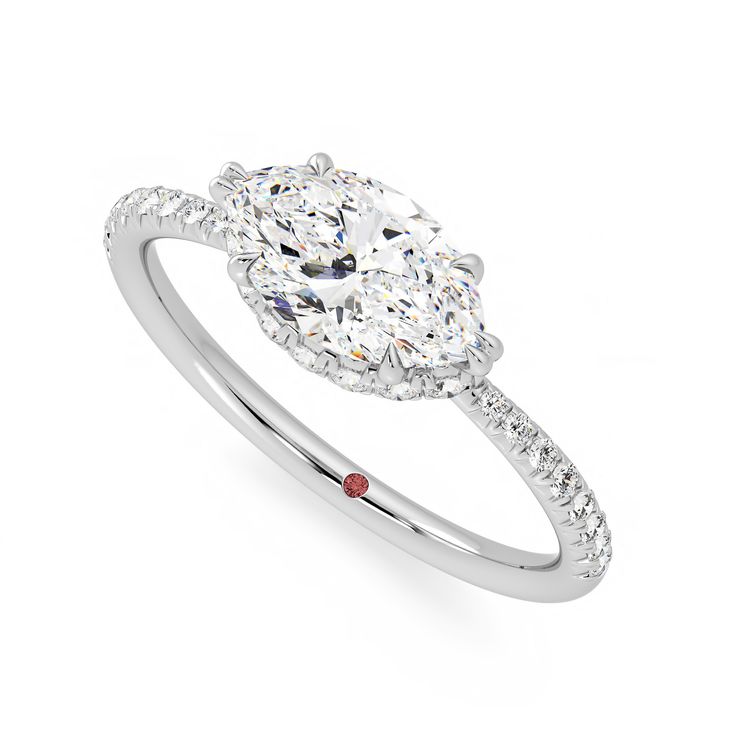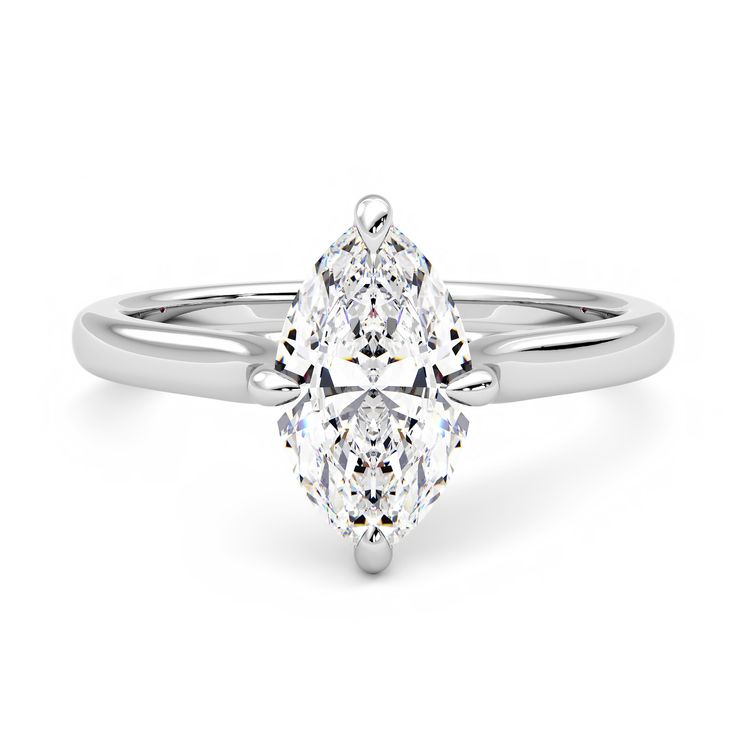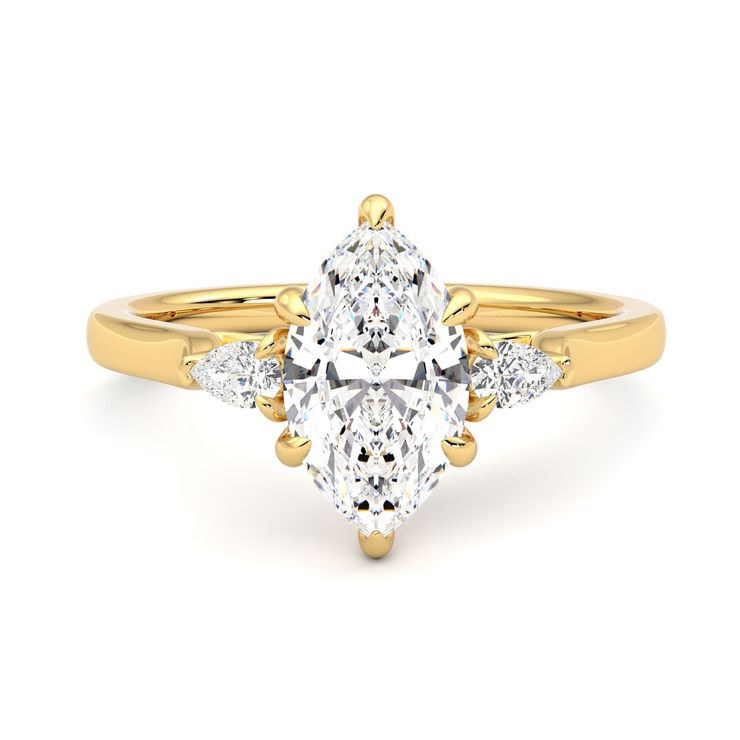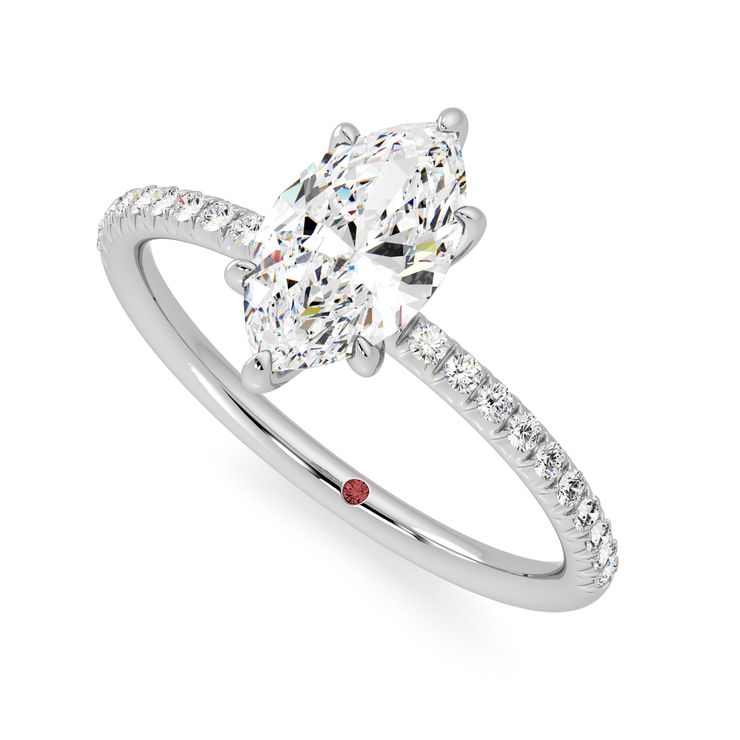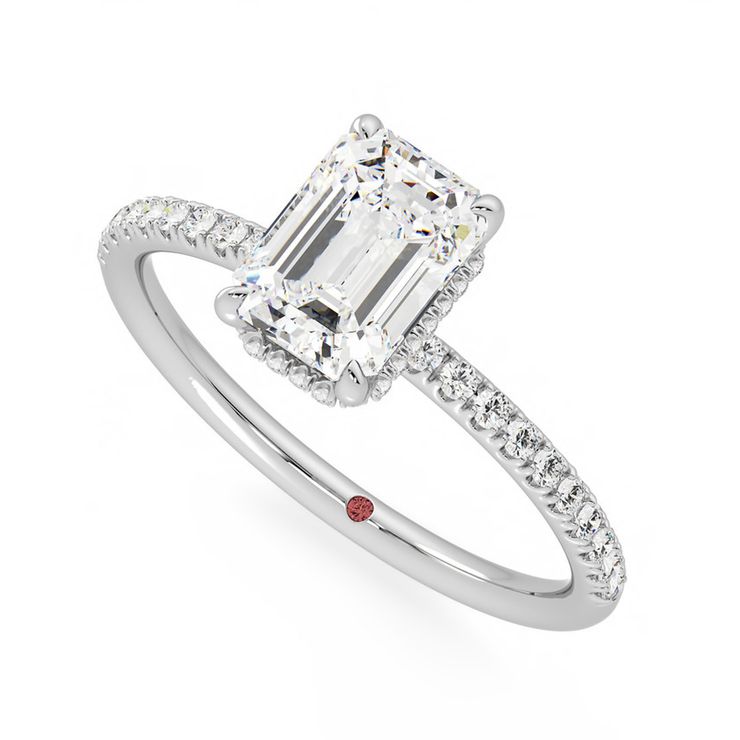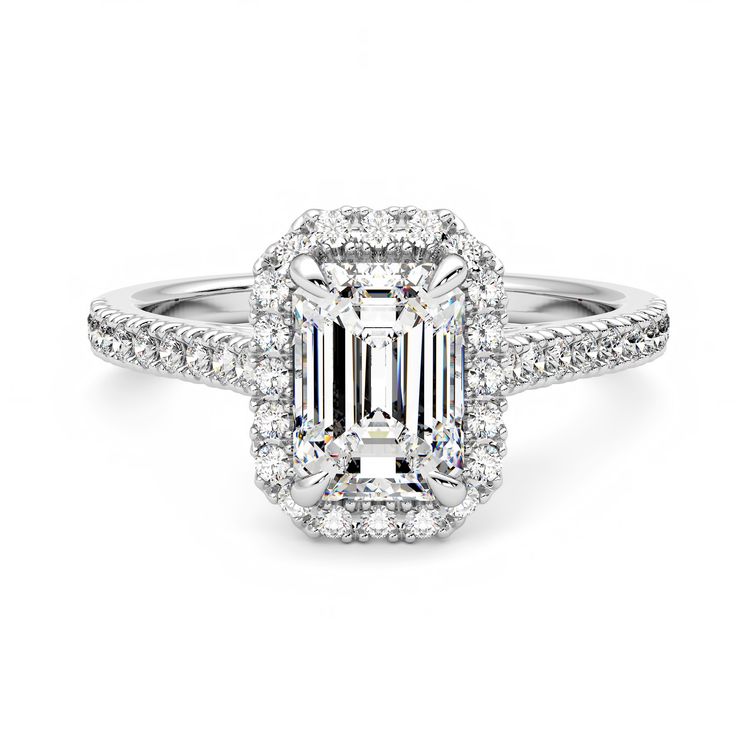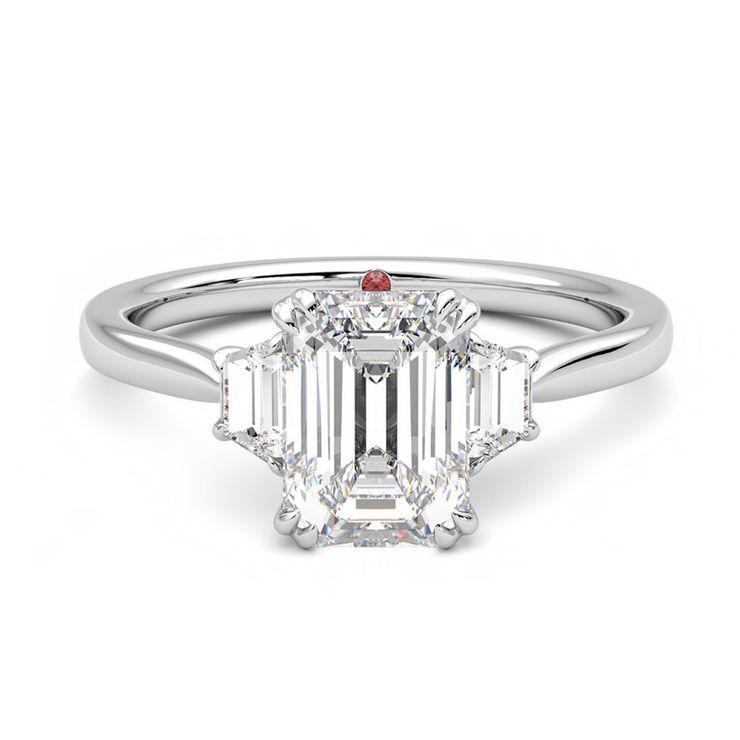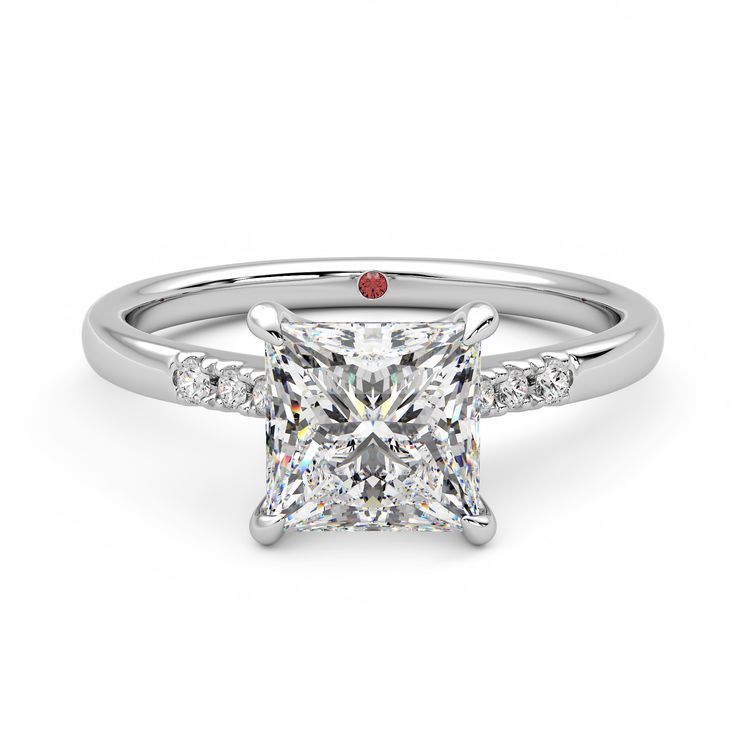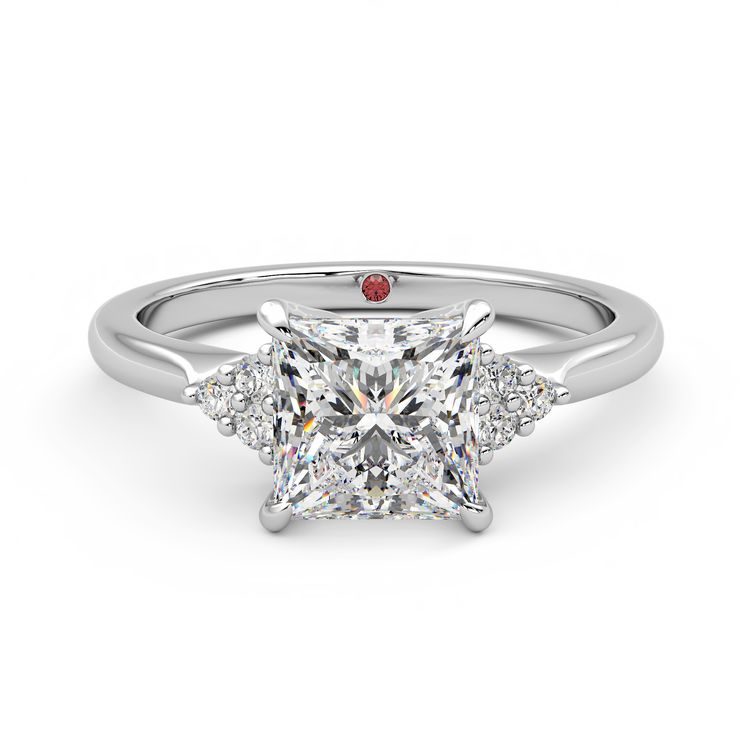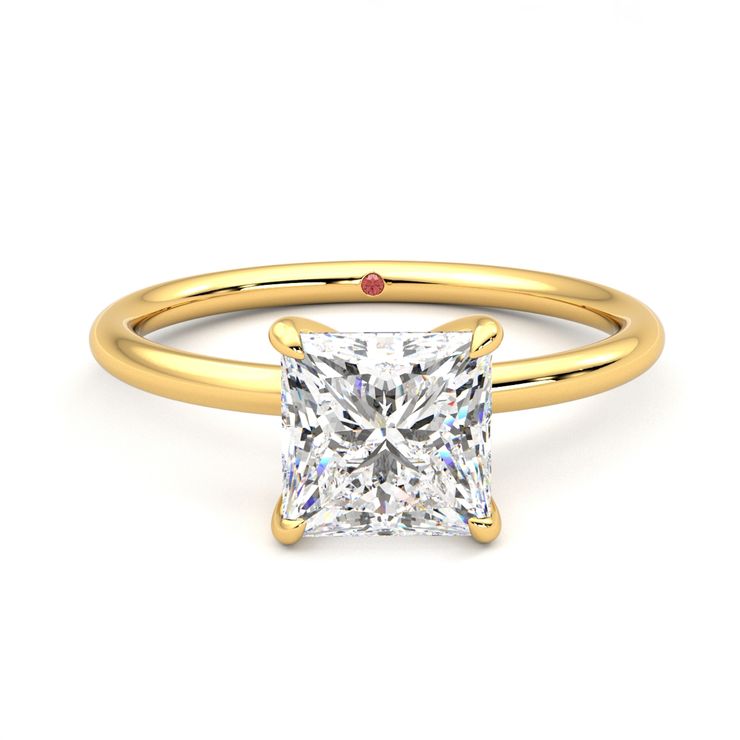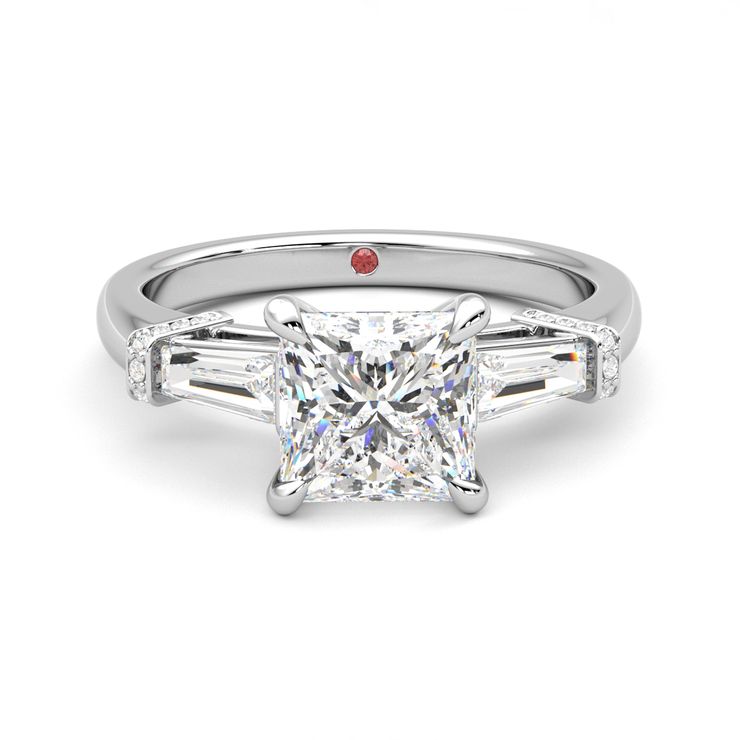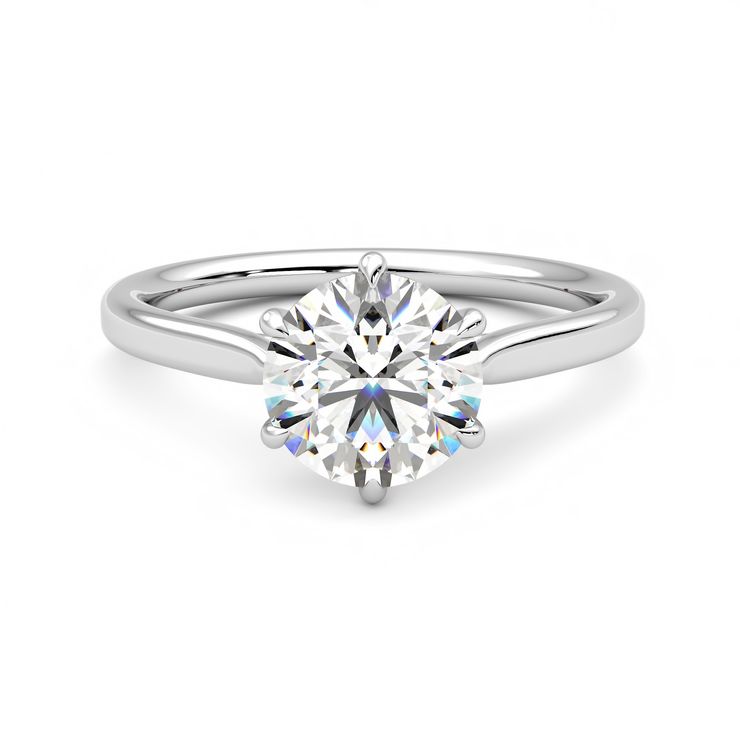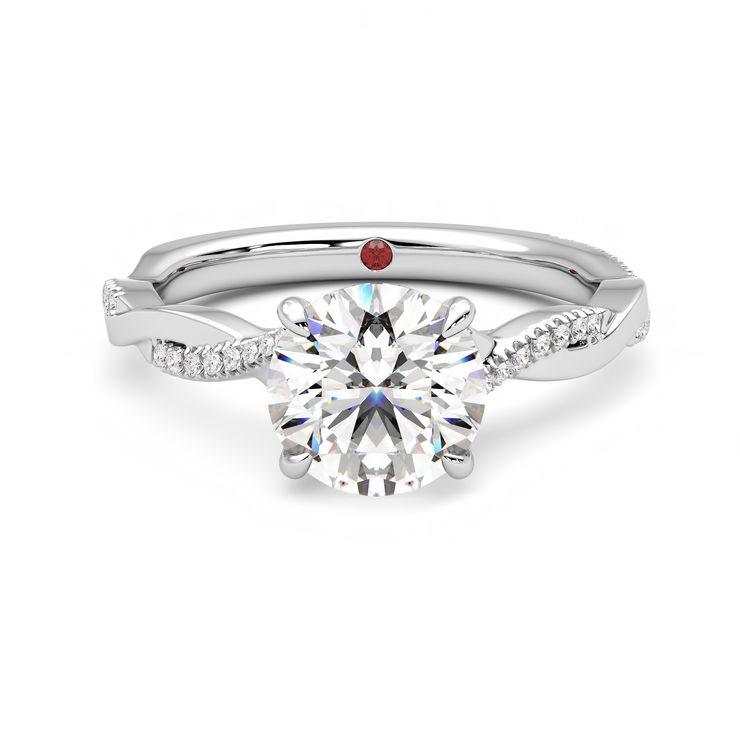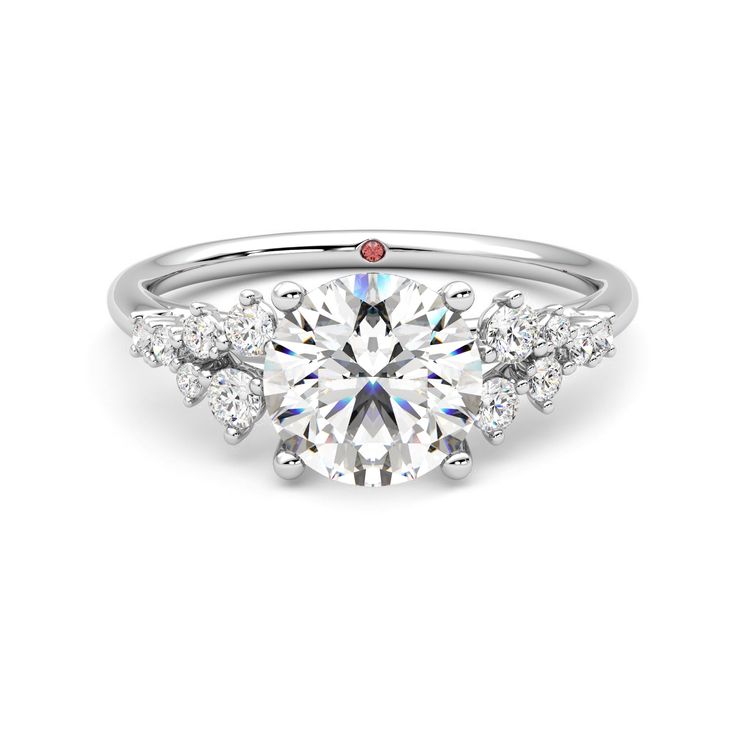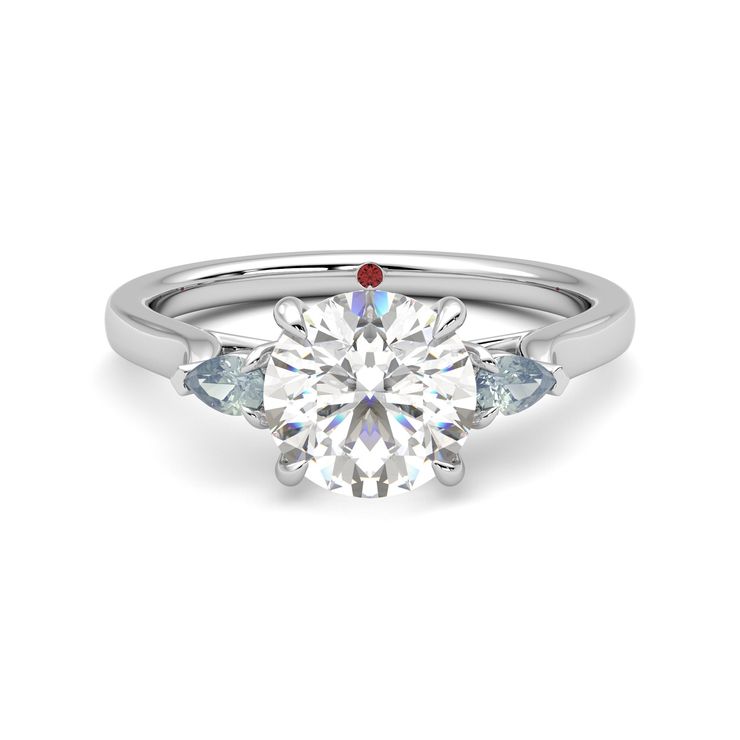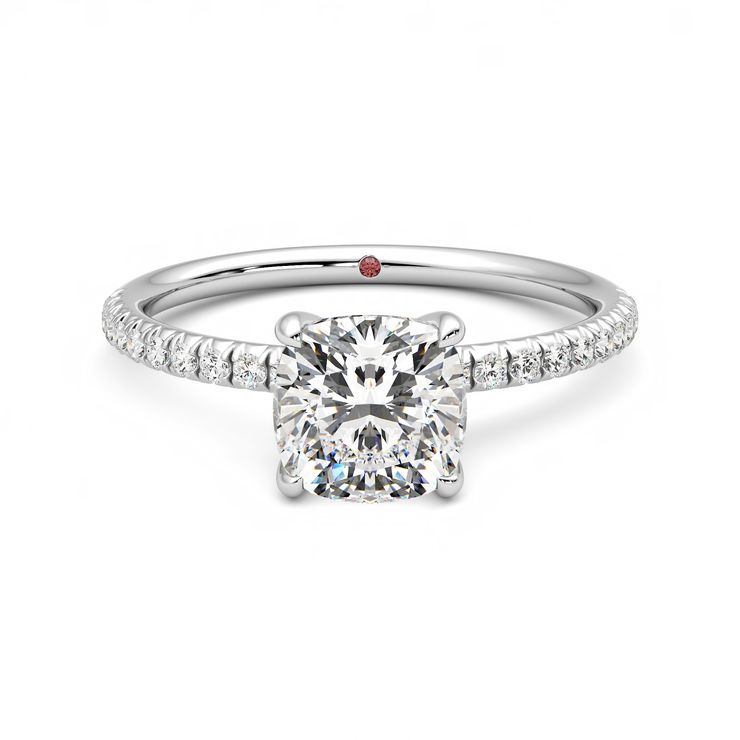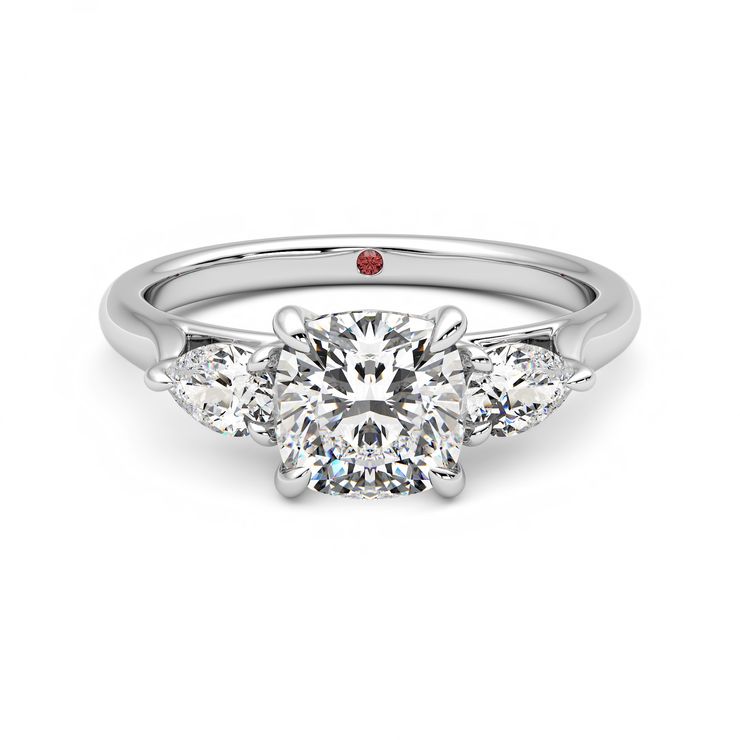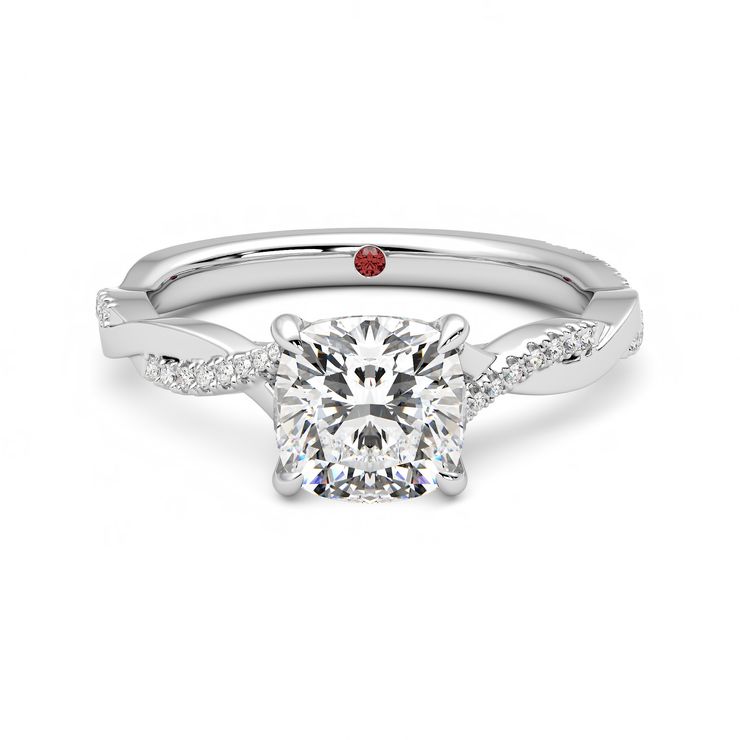Diamond shape affects pricing in a couple of ways. Firstly, certain shapes require more rough stone wastage during the cutting process, resulting in a lower price. Secondly, the demand for the classic round diamond tends to be higher, contributing to elevated prices.
When considering a two carat diamond ring, it’s important to note that a round diamond, being the most popular choice, will generally carry a price premium compared to other fancy shaped cuts.
Among the various diamond cuts, other shapes typically come with a lower price compared to a round diamond of roughly the same weight and quality. For instance, a two carat pear or oval diamond ring may cost approximately 10-15% less than a round diamond, while a two carat cushion cut, princess cut, or emerald cut diamond ring could potentially be up to 20-25% less expensive.*
Here’s a general overview of the price ranges for a two carat diamond with specifications of G colour, VS1 clarity, and excellent cut grade, across various popular diamond shapes:
2 Carat Round Brilliant Cut Diamond: £25,000 – £35,000
2 Carat Princess Cut Diamond: £15,000 – £19,000
2 Carat Emerald Cut Diamond: £18,000 – £22,000
2 Carat Asscher Cut Diamond: £18,000 – £22,000
2 Carat Radiant Cut Diamond: £16,500 – £19,500
2 Carat Oval Cut Diamond: £20,500 – £27,500
2 Carat Marquise Cut Diamond: £22,500 – £29,000
2 Carat Pear Shape Diamond: £25,000 – £31,000
2 Carat Heart Shape Diamond: £20,000 – £23,000
*these are approximate price ranges accurate at time of publication – September 2023
